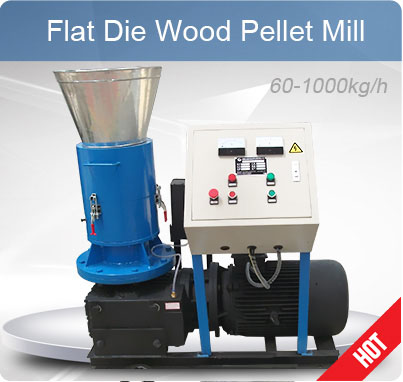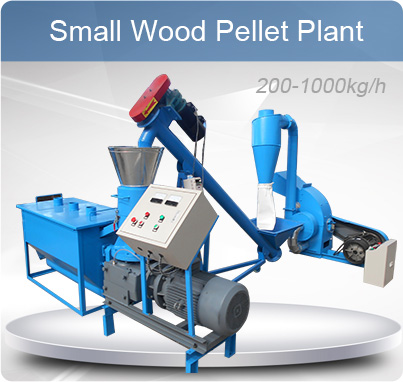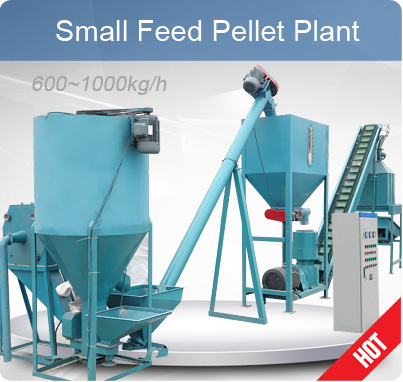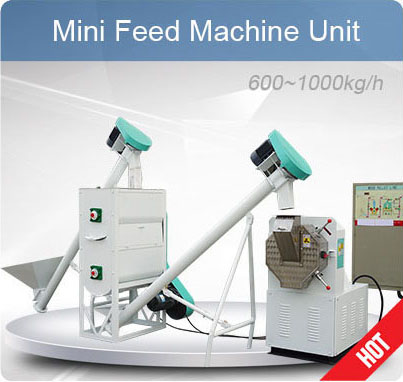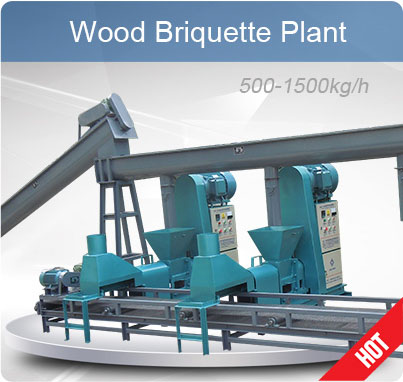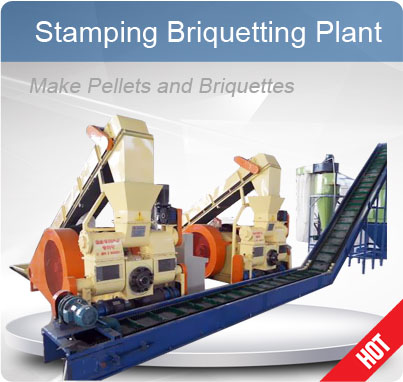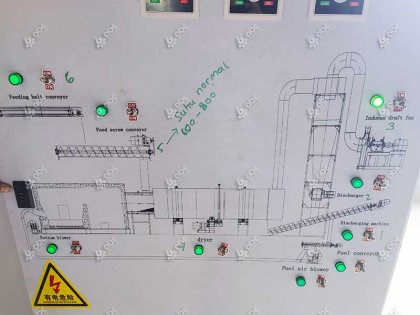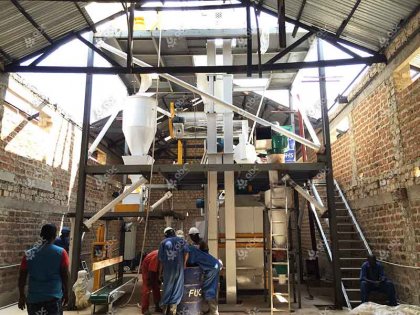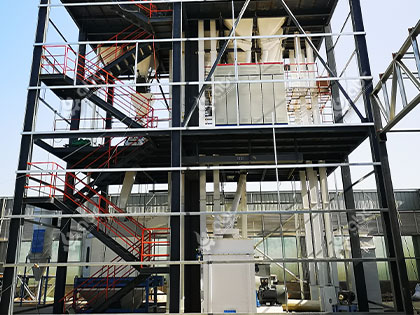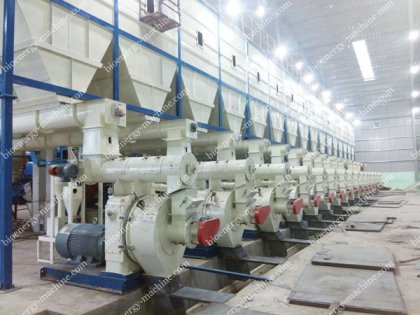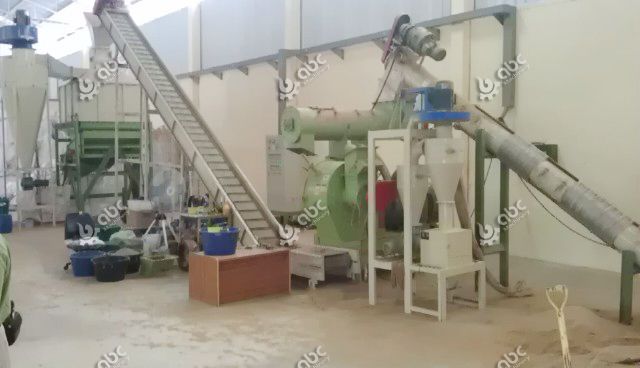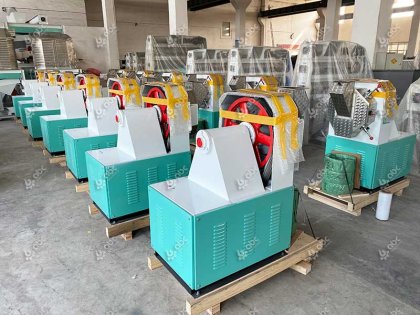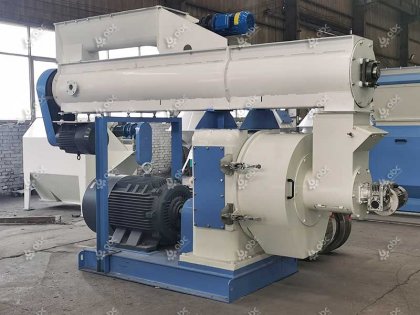The refuse derived fuel (RDF) market is experiencing explosive growth, yet enterprises commonly face pain points such as difficulty in equipment selection, cost control challenges, and complex policy compliance when entering the sector. This article directly addresses core issues like optimizing RDF production efficiency, breaking through market competition, and avoiding policy risks, while providing investors and producers with practical strategies for technology selection, cost management, and market positioning.
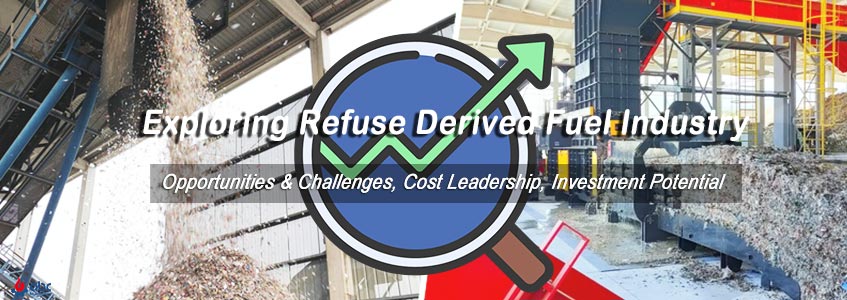
Exploring Refuse Derived Fuel Industry: Opportunities & Challenges
Want to quickly clarify the profit logic of your RDF project? Contact ABC Machinery now to get free cost calculation and equipment solution suggestions tailored to your business scenario.
Current Trends and Future Outlook in the RDF Market
The refuse derived fuel market has witnessed significant growth due to increasing global waste generation and the drive for sustainable waste management. Key drivers of this growth include the rising demand for renewable energy sources, stricter environmental regulations, and advancements in waste-to-energy technologies. The market is expected to expand at a compound annual growth rate (CAGR) of 7.5% from 2023 to 2030, reaching a projected market value of USD 4.5 billion by the end of the forecast period.
Market Trends
- Increasing Adoption of RDF: As industrial and municipal waste streams increase, industries are turning to RDF as a more sustainable fuel alternative to coal. The Europe RDF market is particularly prominent, accounting for over 35% of the global market share.
- Technological Advancements: Innovations in RDF production technologies, such as advanced sorting and processing equipment, are enhancing fuel quality and efficiency. A notable example is the rise of NIR (Near-Infrared Reflectance) technology, which improves material sorting and reduces contamination in RDF.
Market Share Forecast
| Region | Market Share (2023) | Projected Growth (2023-2030) |
|---|---|---|
| Europe | 35% | 6.5% CAGR |
| North America | 25% | 7.0% CAGR |
| Asia Pacific | 20% | 9.0% CAGR |
| Rest of the World | 20% | 5.0% CAGR |
The RDF market’s growth trajectory is supported by strategic investments in waste-to-energy technologies, especially in emerging regions like Asia-Pacific, where urbanization is driving waste generation.
With the RDF market booming globally, now is the time to secure your project. Contact ABC Machinery for a free consultation on market-aligned solutions—get insights on cost optimization and plant setup tailored to your region.
RDF Technology Solutions: Enhancing Efficiency and Reducing Costs
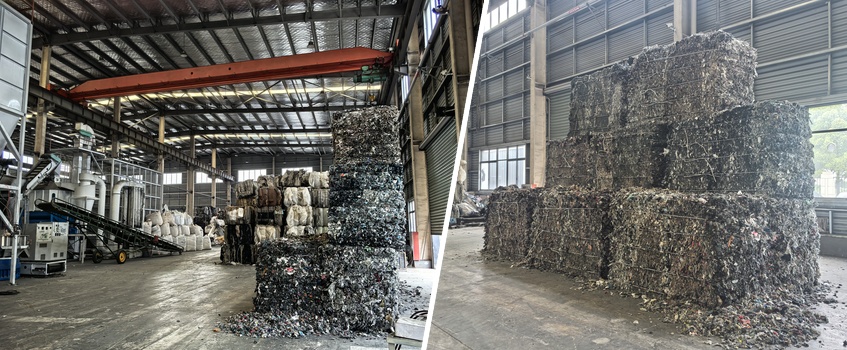
RDF Waste-to-Energy Plant Operations in Heating Projects
In the refuse derived fuel market, production efficiency and cost reduction are crucial for maintaining competitiveness. Optimizing RDF production processes requires selecting the right equipment and implementing advanced technologies that streamline operations and minimize costs.
Equipment Selection Impact
- Efficient Processing Equipment: The choice of RDF processing equipment, such as shredders, crushers, and sorting machines, plays a significant role in determining fuel quality and operational costs. For example, the integration of MES (Manufacturing Execution System) into RDF production lines allows for real-time monitoring and optimization of production parameters, leading to higher efficiency.
- Energy Use Efficiency: The energy consumption of RDF production is a major cost factor. By adopting energy-efficient technologies, companies can reduce electricity consumption by up to 20%.
Comparison of RDF Equipment Efficiencies
| Equipment Type | Average Energy Savings | Operational Lifespan | ROI Period (Years) |
|---|---|---|---|
| High-Efficiency Shredders | 22% | 12 Years | 3.5 |
| Automated NIR Sorting Units | 28% | 10 Years | 4.2 |
| Energy Recovery Systems | 30% | 15 Years | 3.8 |
Key Technologies to Optimize RDF Production
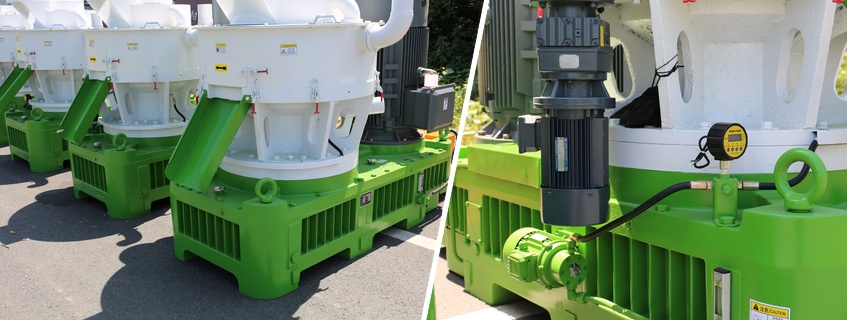
RDF Pellet Production Process in Waste Management
- High-Efficiency Shredders: These reduce the size of waste materials, increasing the efficiency of subsequent processing steps.
- Advanced Sorting Technologies: Automated sorting systems based on near-infrared (NIR) technology ensure better separation of recyclable materials from RDF.
- Energy Recovery Systems: These systems convert waste heat into usable energy, improving overall plant efficiency.
Upgrade your RDF production line with top-tier equipment to cut costs. Contact ABC Machinery—a trusted manufacturer—to get detailed price quotes and tailored technology solutions for your plant.
Challenges Facing the RDF Market and Strategic Responses
The refuse derived fuel market is not without its challenges. Market competition, regulatory pressures, and fluctuating costs are some of the key obstacles that manufacturers must navigate.
Competitive Pressures and Emerging Technologies
- The RDF industry faces strong competition from other waste-to-energy technologies and traditional fuels like coal. Emerging technologies, such as pyrolysis and gasification, present alternative waste-to-energy solutions that could divert attention from RDF.
- Companies must stay competitive by continuously upgrading their technologies and production capabilities.
Regulatory and Environmental Challenges
-
Environmental Regulations: Stringent regulations on emissions and waste management are impacting RDF production. Compliance with these standards requires substantial investment in cleaner technologies and processes.
-
Fluctuating Raw Material Costs: The costs of raw materials for RDF production, such as municipal solid waste, can fluctuate based on local waste generation rates and regulatory changes.
-
Raw Material Volatility: RDF feedstock availability and quality can fluctuate, affecting consistency in fuel output. Smart sourcing strategies and feedstock blending systems are being adopted to stabilize input quality.
Overcome RDF market challenges with strategic support. As a reliable supplier, ABC Machinery offers solutions for regulatory compliance and cost stabilization—reach out to discuss your business needs.
Future Investment Opportunities in the RDF Industry
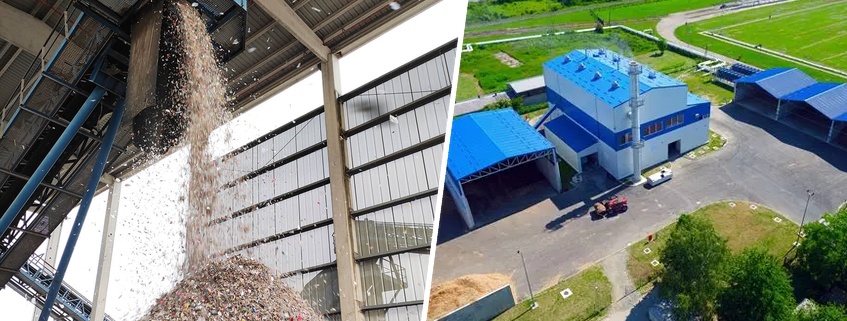
Successful RDF Waste-to-Energy Heating Project
The refuse derived fuel market is expected to see continued investment growth, particularly in regions where waste-to-energy initiatives are being heavily supported by government policies and incentives.
Key Investment Opportunities
- Waste-to-Energy Plants: Investment in RDF processing plants is rising as companies seek to capitalize on renewable energy mandates and government incentives.
- RDF Fuel Production Equipment: Upgrading RDF production lines with advanced sorting, shredding, and processing equipment presents a lucrative investment opportunity for manufacturers looking to optimize fuel production.
Future Trends and Technologies
- Automation and AI: The integration of automation and artificial intelligence (AI) in RDF plants is expected to streamline operations and reduce labor costs.
- Circular Economy Models: Companies investing in RDF production are aligning with circular economy principles, focusing on waste reduction and material recovery.
Stay ahead of the curve by investing in cutting-edge RDF technologies. Our experts can help guide your investment strategy for maximum return.
Seize future RDF investment opportunities with ABC Machinery. Contact us to explore project plans, get cost estimates, and partner with a leading supplier for long-term business growth.




